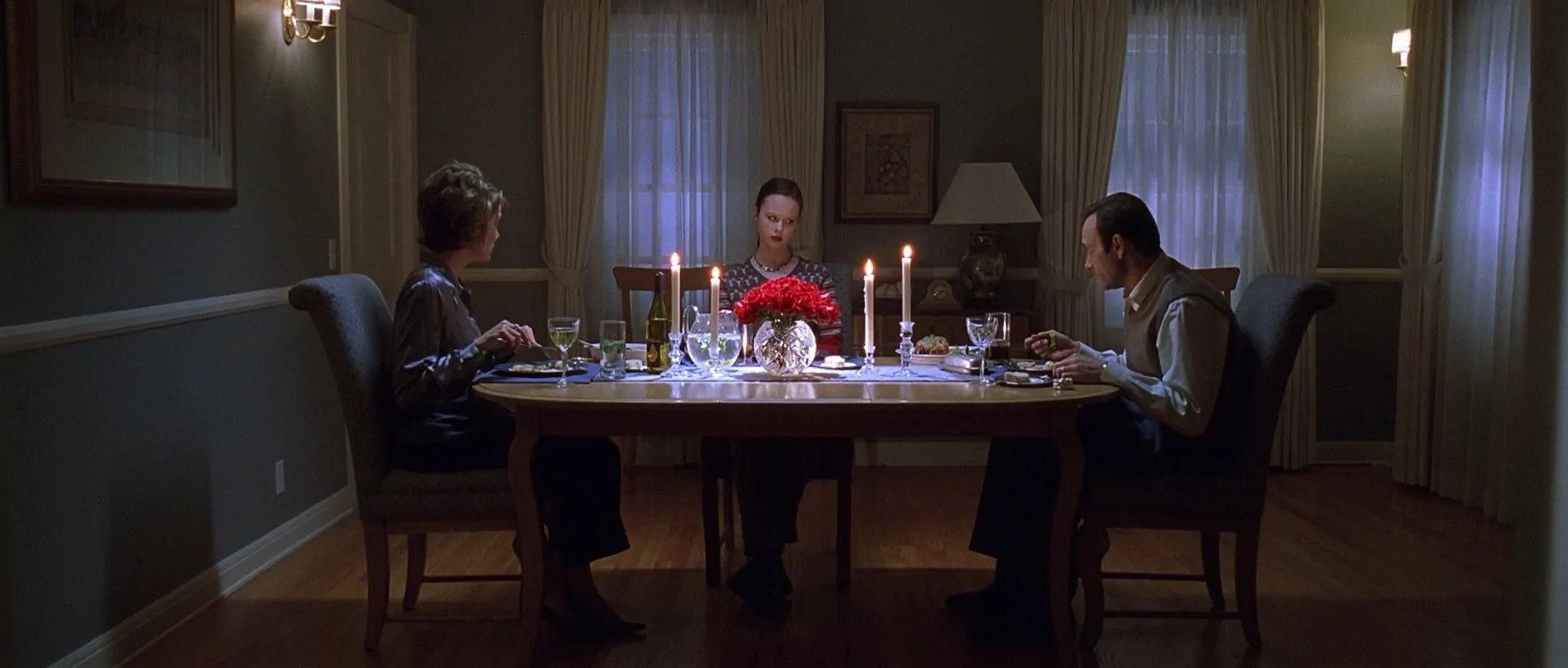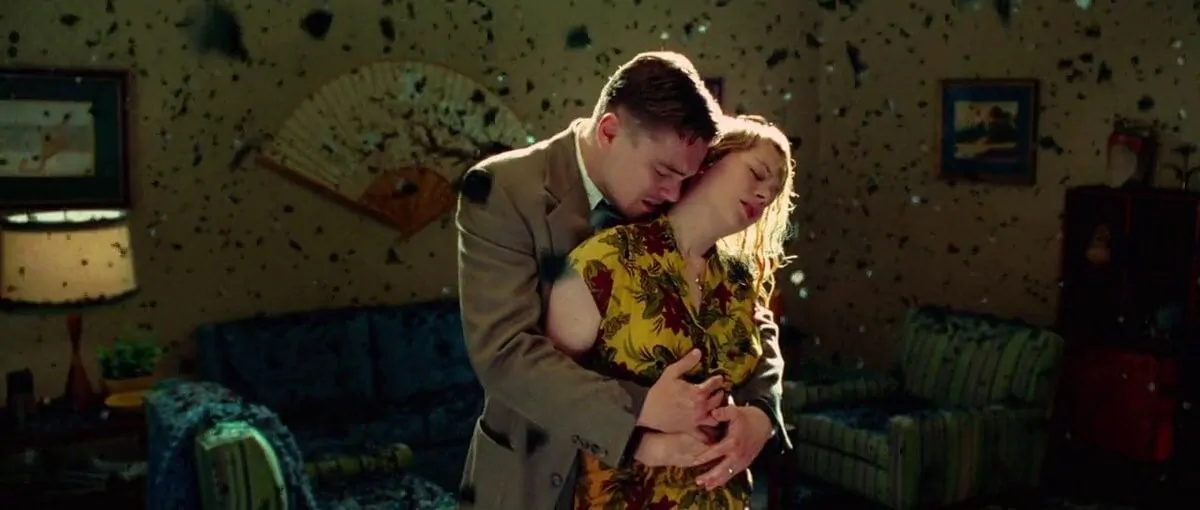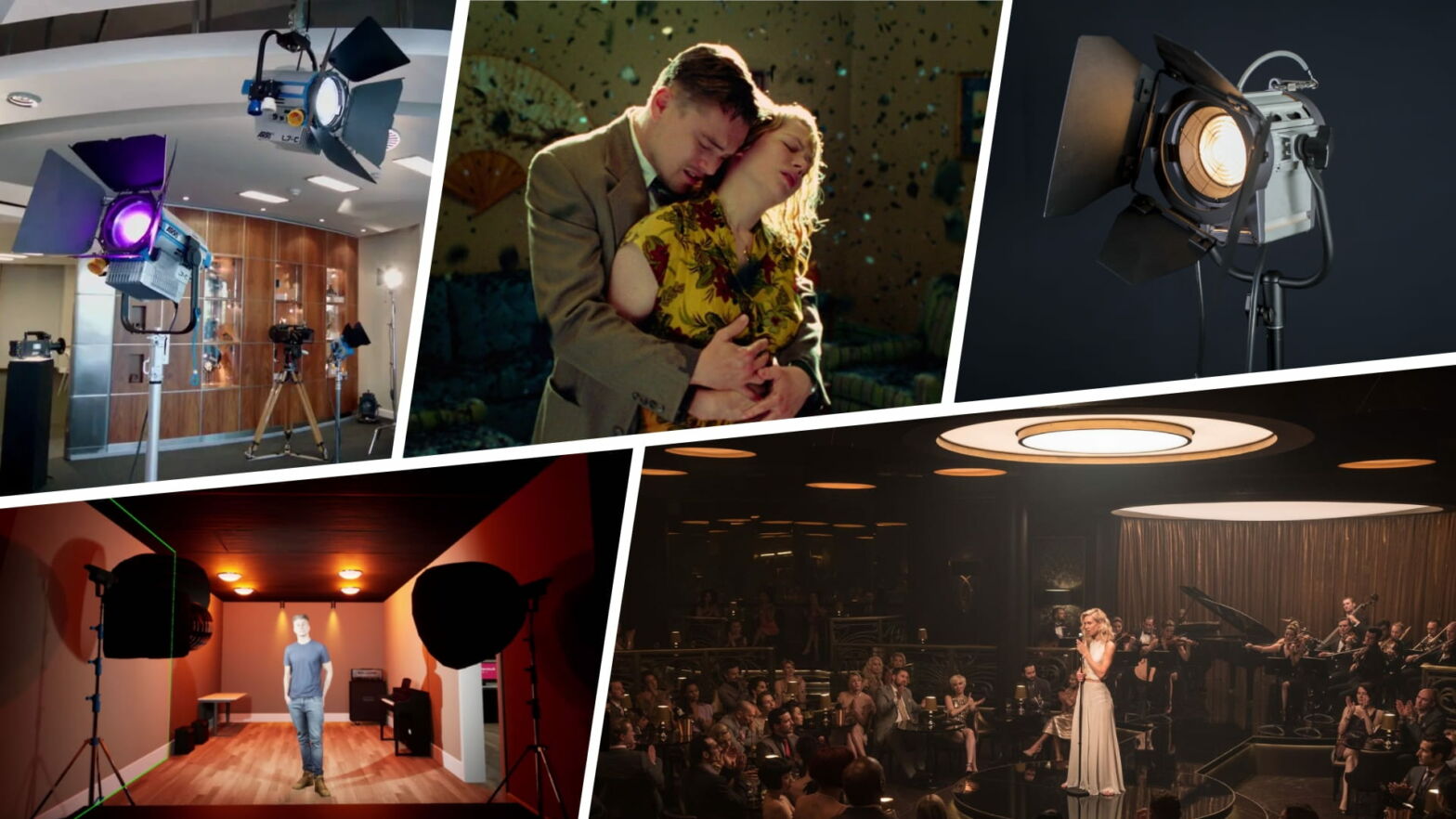If you have ever been on a film set or in a studio, then you have likely seen tungsten lamps. The tungsten-halogen bulb is the most commonly used light source in professional light fixtures, and for good reason. Tungsten bulbs are small, bright, and relatively inexpensive. Because of its inherent characteristics, tungsten light contends for the title of ‘most versatile’ light sources. So, what is tungsten light and how can you use it to make your next film’s lighting come to life.
What is Tungsten Light Source
First, let’s define tungsten light
Tungsten light most often refers to lamps that use tungsten-halogen bulbs that produce a light with a color temperature around 3200K. The term has become somewhat of a catch all for warm light sources. Tungsten light color refers to light in the range of 2700-3200K.
Tungsten Light DEFINITION
What is a Tungsten Light?
A tungsten-halogen bulb, also called tungsten or quartz, is a quartz bulb containing a tungsten filament and halogen gas. Tungsten light temperature registers at 3200K, however the term is often used to refer to warm light sources ranging from 2700-3200K. Tungsten bulbs burn for hundreds of hours without diminishing or losing their 3200K color temperature, making them an excellent light source if you can handle the heat and power requirements.
Characteristics of Tungsten-Halogen Light
- The light emitted from these bulbs covers the entirety of the visible light spectrum and beyond, making them incredible lights for rendering rich, accurate color.
- Tungsten light bulbs require a lot of power and burn hot. For these reasons, you will typically find them in a heavy-duty fixture, often with a fresnel lens to maximize and direct the light output.
- Tungsten light bulbs damage easily and have been known to blow up on occasion, so it’s best to handle with gloves/clamps when hot and gloves or paper when cooled.
Types of Light
Tungsten vs daylight
Tungsten and daylight colored light mark each end of the color temperature spectrum. Sure, there are warmer lights than Tungsten light color and cooler lights than daylight color, but the range between these two demarcations is the most commonly found in film and in the real world.
Tungsten vs daylight explained
Like we have said above, tungsten registers at 3200K and has a rich golden, yellow color. Daylight registers at 5600K and appears blue. Although daylight comes in at a higher temperature on the Kelvin scale, we refer to this light color as cooler and tungsten as warmer.
Let There Be Light!
Lighting scenarios for tungsten light
The versatility of tungsten light cannot be understated. As mentioned, it can used in countless lighting scenarios. Let's review a few of these.
Interior Night Scenes
The warmth of tungsten light color mixed with the cool “moonlight” in a night scene creates beautiful imagery that imitates the real-life warmth of incandescent bulbs. Let’s look at this still from American Beauty.

Mixing light colors to suggest complex family dynamics
The warm tungsten interior clashes with the cool light leaking through the windows. While the Burnham family appears to be partaking in a warm, All-American nightly dinner ritual, the cool moonlight suggests a more complex dynamic lurking beneath the surface.
To achieve the look, motivate your light by imitating the light given off by real interior lights. For the remainder of your set or location, light with daylight-balanced lights or put CTB color gels on your tungsten-halogen lamps.
One major benefit to this look is the nice color contrast that can be utilized to make your subject pop on the screen. Using the warm interior light to fill a subject with cool backlighting, or vice versa, really makes the actor stand out.
LED lights balanced for daylight make for a great option to imitate soft moonlight, however, if dimmable LEDs with high CRI ratings (color rendering index) can be cost prohibitive. Using a dimmer with LEDs can lead to flickering, that’s why it is recommended to use tungsten-halogen lamps with CTB gels for cost-effective, high-quality creation of moonlight.
Interior Day Scenes, shot on soundstage
Daylight registers at 5600K, making it a much cooler color temperature than the natural color of tungsten (technically “warm” lighting has a much cooler temperature in Kelvin than “cool” lighting). Although LED’s have made massive advancements in recent years, they are often either too expensive or not bright enough to imitate the sun shining through a window.
Tungsten-halogen lights are one of the most cost-effective sources when considering the wattage-per-dollar-spent and color render quality. If you can’t afford HMI’s and can’t settle for the output or color rendering of LED’s, then tungsten-halogen lamps can serve you.
By carefully applying CTB gels or a blue dichroic filter, tungsten light transforms into much “cooler” daylight. Balance your camera’s sensor to neutralize your tungsten interior, and you will have created a realistic day interior without sunlight.
Tungsten Backlight
Lighting characters from behind with tungsten light creates a dreamlike effect. It can also be effective in separating your subject from a dark, cool background in select interior scenes.
It goes without saying that the story should motivate your lighting. If you need to create a dreamy aura around your character, or make them look soft and inviting, then backlighting the character with tungsten should do the trick.
Consider constructing the famous Deakins ring light to create a large, soft, tungsten-colored source! Here's a shot from Shutter Island in which DP Robert Richardson used one of his favorite effects, the warm backlight, to create an otherworldly, dream-like feel in key moments.

Creating separation and a backlit glow
If you’re shooting in a dark or cool space and there are warm practicals to motivate a potential backlight, then use the backlight to separate your subject from the background.
Background Practicals
More often than not, background practicals imitate the incandescent bulbs that are typically used to light interiors. While you will likely not use an actual tungsten bulb in your practicals, you will hear the phrase “tungsten” to refer to the desired color temperature for the source.
Here's how Roger Deakins approaches practical lighting in his own work.
Roger Deakins & Practical Lighting • Subscribe on YouTube
Incandescent bulbs on dimmers make for the perfect practical source. They will not flicker like other sources when put on a dimmer. The bulbs give off a similar quality and color of light to tungsten. (Be cautious with your use of the dimmer as it will make an incandescent bulb appear more reddish-orange the lower you take it).
With incandescent bulbs outlawed in some states, online shopping or natively dimmable LED’s with warm color temperature offer great options for “tungsten” practicals.
Matching a Practical Light
Practicals offer great motivation for light, but controlling an incandescent or LED bulb inside a light fixture presents many obstacles.
When you put your practical on a dimmer, you can effectively control the amount of light that it emits. By dimming the practical and using a tungsten-halogen lamp off-screen, you can use a controllable light source while giving the naturalistic impression that the practical illuminates the scene.
UP NEXT
3-Point Video Lighting
Now you know what tungsten light is and several of its many applications. But, how do you arrange your tungsten lights to ensure that your shot communicates what your story needs?
Check out this article on three-point video lighting. Three-point lighting is the fundamental technique for lighting a subject in a scene. In this article we break down the most tried-and-true, economical method for lighting your project.
Up Next: Three-point Lighting →
Showcase your vision with elegant shot lists and storyboards.
Create robust and customizable shot lists. Upload images to make storyboards and slideshows.
